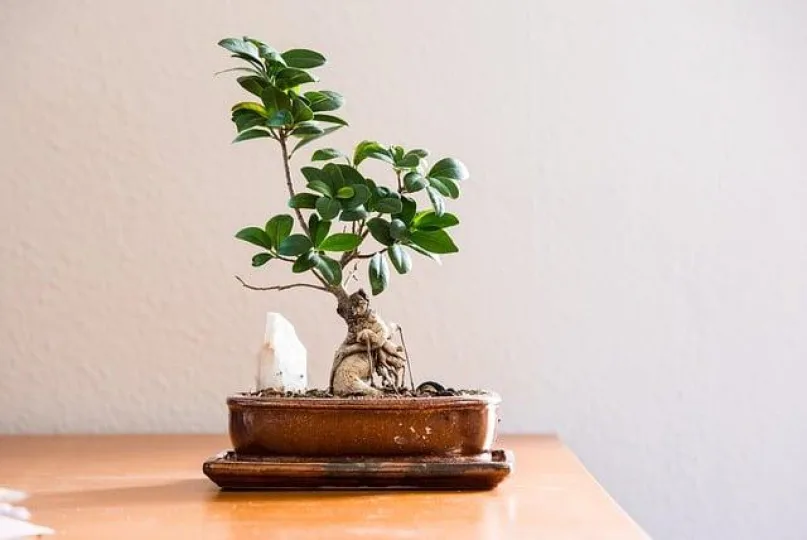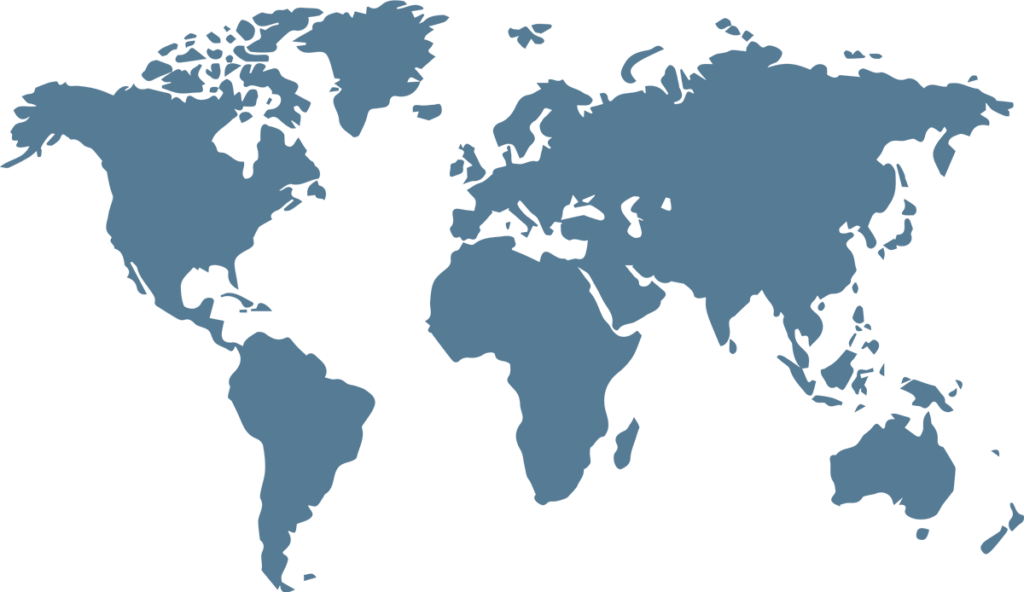In today's fast-paced and materialistic world, many individuals are seeking a simpler lifestyle that emphasizes intentional living and prioritizes what truly matters. Minimalist living encourages people to declutter their lives – physically, mentally, and emotionally – leading to a more focused and fulfilling existence. If you're curious about how to embrace this lifestyle and want to simplify your daily life, you’re in the right place. This guide will help you understand the fundamentals of minimalist living and provide practical steps to get you started.
Table of Contents
Understanding Minimalism
To embrace minimalist living, it's essential to understand what minimalism truly means. At its core, minimalism is about removing the excess from your life and making room for what is genuinely significant. It spans beyond just decluttering your home; it’s about minimizing distractions, simplifying your commitments, and prioritizing your time effectively. This philosophy can lead to a life filled with clarity, purpose, and freedom.
1. Assess Your Current Lifestyle
The first step in transitioning to a minimalist life is to evaluate your current lifestyle. Take a moment to reflect on your possessions, habits, and commitments. Consider the following:
- How many items do you own that you seldom use?
- What activities do you engage in that do not bring you joy or satisfaction?
- Are there any time-consuming commitments that do not align with your values or goals?
By understanding your current situation, you can identify areas that require change.
2. Declutter Your Space
Physical decluttering is essential in minimalist living. Begin by assessing each room in your home. Follow these tips for effective decluttering:
- Start small: Tackle one room or area at a time.
- Use the “one-year rule”: If you haven’t used an item in the past year, consider donating or selling it.
- Organize with purpose: Arrange remaining items in a way that enhances functionality and minimizes clutter.
This process will help create a more serene living environment that reflects your newfound values.
3. Simplify Your Wardrobe
Minimalism often extends to your wardrobe. A simplified wardrobe can reduce decision fatigue and make getting dressed easier. To simplify your clothing:
- Conduct a closet audit: Remove items that you no longer wear or love.
- Adopt a capsule wardrobe: Choose a limited number of versatile pieces that mix and match easily.
- Invest in quality over quantity: Focus on acquiring durable, timeless pieces that you enjoy wearing.
This approach helps streamline your daily routine and encourages a more sustainable fashion philosophy.
4. Focus on Experiences, Not Possessions
Minimalist living promotes prioritizing experiences over material possessions. To embrace this mindset:
- Plan activities with friends and family instead of shopping trips.
- Seek out new volunteer opportunities or local adventures that cultivate personal growth.
- Limit your consumption of consumables and gadgets that lead to temporary satisfaction.
By valuing experiences over things, you'll find deeper fulfillment and connection.
5. Streamline Your Digital Life
Digital clutter can be just as distracting as physical clutter. Managing your digital space effectively can enhance focus and productivity:
- Unsubscribe from mailing lists that no longer appeal to you.
- Organize your digital files and delete unneeded apps.
- Set specific times throughout the day for screen time to reduce distractions.
This will lead to clearer mental space and more time available for meaningful activities.
6. Create a Mindful Routine
Establishing a mindful routine can help reinforce your minimalist lifestyle. Consider incorporating practices that promote awareness and simplicity:
- Meditation: Dedicate a few minutes daily to meditate and reflect.
- Journaling: Keep a journal to express feelings and clarify your thoughts.
- Limit multitasking: Focus on one task at a time to bring mindfulness to your daily activities.
Your routine should support your goals while encouraging simplicity and purpose.
7. Reassess Regularly
Minimalism is an ongoing journey. To maintain your lifestyle, regularly reassess your possessions, commitments, and habits. Implementing a routine for periodic evaluation can help:
- Choose a specific day each month to review your belongings.
- Reflect on any new habits or items that may have crept into your life.
- Adjust your priorities as needed to align with your evolving needs and goals.
This continuity will ensure that your minimalist lifestyle is sustainable and remains true to your values.
Key Takeaways
- Minimalism is about embracing simplicity and focusing on what matters most.
- Start your journey by assessing your lifestyle and decluttering your possessions.
- Focus on experiences and relationships to enrich your life beyond material goods.
- Keep your digital space organized to minimize distractions.
- Establish a mindful routine for an ongoing commitment to simplicity.
- Reassess your lifestyle regularly to maintain your minimalist philosophy.
FAQ
- What is minimalist living?
Minimalist living is a lifestyle that emphasizes simplicity and prioritizes essential items, goals, and experiences while eliminating the non-essential. - What are the benefits of minimalist living?
Benefits include reduced stress, increased focus, financial savings, and greater appreciation for what truly matters in life. - Do I have to get rid of everything to be a minimalist?
No, minimalism is personal; it's about defining what is essential for you and removing excess. - Can minimalist living help with financial problems?
Yes, by spending less on unnecessary items, minimalism can aid in building savings and maintaining a budget. - How can I involve my family in minimalist living?
Encourage open discussions about values and priorities, and work together to declutter and simplify household items. - Is minimalism just a trend?
While it has grown in popularity, many see minimalism as a sustainable lifestyle choice that can lead to lasting fulfillment. - How do I start with minimalism if I'm overwhelmed?
Start small by decluttering one area at a time, and focus on incorporating mindful practices into your routine gradually.
Conclusion
Transitioning to a minimalist lifestyle is a rewarding endeavor that can significantly enhance your overall quality of life. By focusing on what is essential and letting go of what doesn't serve you, you pave the way for greater clarity, purpose, and fulfillment. Remember that minimalism is a personal journey; take your time, be patient with yourself, and discover a lifestyle that resonates with your values and aspirations. As you take steps toward a more minimalist approach, you may uncover newfound freedom and joy in the simplicity of life.



